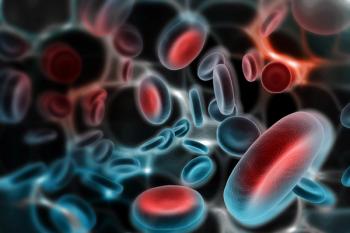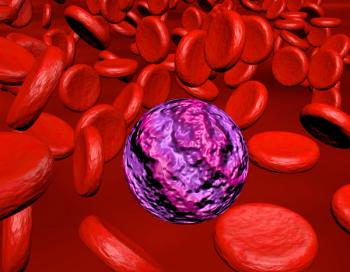
- Oncology Vol 28 No 1S
- Volume 28
- Issue 1S
(P008) The Effect of Body Mass Index on Chemoradiation Treatment Outcomes in Cervical Carcinoma
Obesity is a significant problem in the US, and an increase in body mass index (BMI) has an unclear effect on outcomes for patients with cervical carcinoma who receive definitive chemoradiation.
Michael C. Roach, MD, Julie K. Schwarz, MD, PhD, Perry W. Grigsby, MD, MBA; Washington University
Purpose and Background: Obesity is a significant problem in the US, and an increase in body mass index (BMI) has an unclear effect on outcomes for patients with cervical carcinoma who receive definitive chemoradiation.
Methods: This retrospective cohort included 490 patients with International Federation of Gynecology and Obstetrics (FIGO) stage IB1 or greater cervical carcinoma who received definitive treatment with chemoradiation therapy consisting of both external beam radiotherapy (EBRT) and brachytherapy between January 1998 and June 2012 at a single institution. The mean follow-up was 50 months. BMI was calculated using the National Institutes of Health online calculator. Primary outcomes were rates of overall survival (OS) and grade 3 or greater complications.
Results: Underweight patients (BMI < 18.5 kg/m2) had an inferior OS when compared with normal-weight (18.5–24.9 kg/m2) and overweight (> 24.9 kg/m2) patients (P = .04) on log-rank analysis. The 5-year OS rate was 58% (15/26) for underweight, 69% (99/143) for normal-weight, and 71% (228/321) for obese patients. Overweight patients had the lowest risk of toxicity (P = .05) on log-rank analysis. The rates of grade 3 or greater bowel or bladder toxicity were 23% for underweight (6/26), 18% for normal-weight (26/143), and 12% for overweight patients (38/321).
Conclusions: Underweight patients have inferior OS and greater complication rates when compared with normal-weight and overweight patients.
Articles in this issue
Newsletter
Stay up to date on recent advances in the multidisciplinary approach to cancer.


















































































